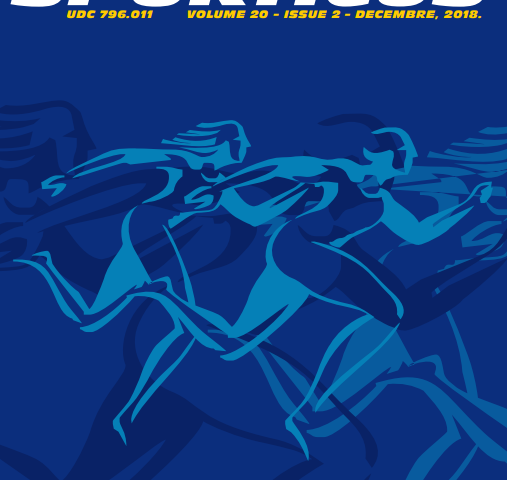Abstract
Basketball requires a high level of athletic ability and optimal anthropometric dimensions crucial for achieving highly competitive efficiency. Studies have shown that in the selection process, great emphasis is placed on these dimensions of the anthropological status of basketball players. The main goal of this study was to determine the differences between basketball players of two age categories, more precisely juniors and cadets, in morphological characteristics and motor abilities. The sample of participants consisted of a total of 26 elite basketball players divided into two age categories, juniors (average 18 years old, N = 10) and cadets (average 16 years old, N = 16). The sample of variables consisted of morphological characteristics – body height, body weight, arm span, shoe size, and standing vertical reach with one and two arms, while motor abilities tests included measures of repetitive strength (push-ups, sit-ups), agility (20 yards, line agility), explosiveness (Sargent, chest ball throwing) and speed (sprint 5 meters, sprint 20 meters, sprint ¾ terrain). All data were descriptively analysed, and for the analysis of differences between the two age categories student’s T-test was used. The analysis of differences showed statistically significant age differences in morphological variables in body weight (t = 2.98, p = 0.01), shoe size (t = 2.11, p = 0.04), reach with one hand (t = 2.1, p = 0.05) and two hands (t = 2.32, p = 0.03). In motor abilities, differences were observed only in tests for explosiveness, in the Sargent test (t = 2.16, p = 0.04) and in throwing the ball from the chest (t = 2.42, p = 0.02). The results of this study showed that junior and cadet basketball players differ primarily in morphological dimensions and explosive power. It is obvious that young basketball players of cadet age are still in the phase of growth and development, and that coaches at that age should expect an increase in terms of longitudinal dimensionality and, concomitantly, body weight. Also, the differences found in the explosiveness of both the lower and upper extremities are probably due to the morphological dimensions but also to the systematic explosiveness training that begins in later puberty. Basketball coaches and staff should take this knowledge into account when selecting and programming training for individual age categories.
Keywords: basketball, juniors, cadets, morphological characteristics, motor abilities


